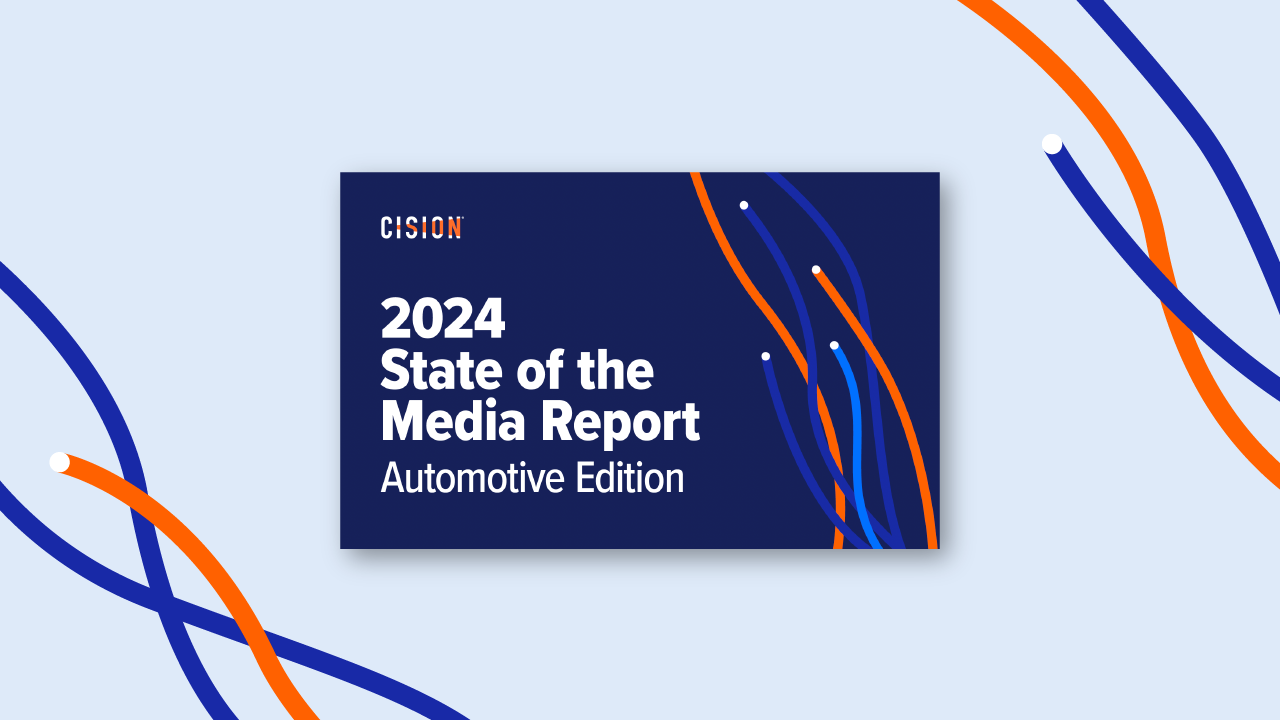It is 30 years since the publication of the first volume of Joe Sacco’s nine-volume work Palestine, based on his experiences in the West Bank and the Gaza Strip in December 1991 and January 1992. Sacco’s groundbreaking book is one of the first modern examples of war reportage in the form of a comic.
The tradition of illustrated news of course goes back much further than Sacco: war artists were crucial to the illustrated press of the 1800s, particularly during the Crimean War. Demand for newspaper artists fell by the start of the 1900s as photojournalism became technologically viable, which raises the question: what is the value of illustrated journalism in the age of photography?
If you visit The Cartoon Museum in London today, you will find displays which are representative of the UK’s perception of comics. Political cartoons form the bulk of the collection, which starts in the 1700s and tracks British satire into the present day. Alongside this is an exhibition for the 30th anniversary of The Wrong Trousers, the ingenious Wallace and Gromit short film. We associate comics and cartoons with satire and children’s entertainment, but Sacco and other artists prove that the medium is as flexible as any other.
“People still think comics are for children,” says editorial cartoonist and comics artist Ella Baron. “[The medium] can tell any story, so the question should be, why is it particularly good at telling this story?”
Baron argues that, compared to photography, comics can be “a more respectful way to comment and keep people's anonymity” when handling the stories of vulnerable people. Aid organisations, particularly Médecins Sans Frontières (MSF), have commissioned comic artists for this reason. The Cartoon Museum recently displayed a piece of Baron’s graphic reportage, which was based on a visit to a South Sudan MSF field hospital to interview female patients. She believes that asking a subject how they want to be represented, allowing them to see sketches and give feedback, creates a “collaborative subjectivity” which gives them more agency: “I don’t think photos do that in the same way.”
Just as comics can provide anonymity to living subjects, they can also bring life to historical subjects. The Reuters Institute recently hosted a seminar on graphic journalism with The Washington Post, following the paper’s first fully illustrated investigation. Searching for Maura, published as a comic and as an animation, traces the history of a woman from the Philippines who was taken to the US to be put on display for the 1904 World’s Fair.
Hannah Good was the co-editor of Searching for Maura, alongside visual enterprise editor Jenna Pirog. In September, Good was appointed designer, comics and illustrated reporting.
Good describes the project’s deep level of research; the illustrated format does not diminish the journalistic rigour of Searching for Maura. They reviewed thousands of historical records: “the illustrations in “Searching for Maura” are informed and evidence-based depictions of real people’s experiences.”
In the absence of photographs, illustration can give emotion to historical figures, but the team’s artistic choices were always informed by research: “We were careful to mostly show neutral expressions on everyone’s faces except in instances where we had documentation of an emotional response.”
“It was vital for us to explain those decisions explicitly and transparently to readers in the story and in our methodology. There are informed, but human, decisions such as these behind all news stories. Comics just put those decisions out in the open.”
Recognition for comics journalism, and the artform in general, is slowly building in the UK. However, the months of work that goes into a project like Searching for Maura is not possible without funding. This year, an independent group of professionals within the comics community launched the Comics Cultural Impact Collective (CCIC) to raise awareness of the value and power of comics as a medium. How can we expand our ideas of comics to allow their greater use in UK journalism?
International successes like Art Spiegelman’s Maus and Marjane Satrapi’s Persepolis have proven that graphic memoirs can handle difficult topics through a personal lens. As Ella Baron and other artists argue, the medium’s very subjectivity can lend itself to powerful journalism.
Comic artist Karrie Fransman, a founding member of CCIC, sees subjectivity in comics journalism as an advantage: “wanting subjectivity in journalism may sound strange, but I think readers of traditional journalism can sometimes be lured into the false impression that what they're reading is objective.”
Fransman argues that war photography can be equally subjective, depending on angle, timing and the chosen caption. “Comic journalists like Joe Sacco are masters at embracing this subjectivity; he puts himself in the narrative and pokes fun at his own mistakes, Western assumptions and biases.”
Cartoonist and author Kate Evans highlights the subjectivity of her work to distinguish it from journalism. She is the author of Threads from the Refugee Crisis, based on her visits to the Dunkirk and Calais Jungle refugee camps. In 2018, Threads was the first graphic novel ever to be listed for the Orwell Prize for Books. Evans positions herself as an activist rather than a journalist: “I have never aimed to be a journalist. I make no pretence at objectivity, because every time someone tells another person's story, there is always some kind of unconscious bias or agenda at play. I have a commitment to truth, but also to good storytelling, and I will infuse my representation of events with as much emotion, both light and dark, that is consistent with the truth.”
Hannah Good and the rest of the Searching for Maura team worked hard to consider their limitations in being able tell someone else’s story. “Comics allow us to be honest about what we do and do not know; to show the work behind our reporting; make a statement about how storytellers of the past got things wrong; and force readers to confront their own role as active participants and observers in the story. In short: comics lay bare the human hand behind storytelling.”
Comics may become accepted as a valid medium for rigorous journalism, but why would UK outlets – already under financial pressure – invest in comics journalism if it takes longer to turn the same research into a comic than into an article?
The Comics Cultural Impact Collective argues that the accessibility of comics, and their appeal to the young, makes them worth the effort: “most journalism is now read online and comics are the perfect medium to engage an increasingly visually literate readership who quickly lose attention when reading dense text on a screen,” says Karrie Fransman. “Research shows comics help people to retain information more than text – or text and images – and that they are already the preferred medium when reading online for the younger generation.”
Fransman is also Creative Director at the non-profit organisation PositiveNegatives, where they amplify academic research through comics and animation. Their work “translates complex theories into really exciting narratives” into “some of the best researched stories online.”
Comics journalism is unlikely to work for breaking news stories; satirical cartoons (and by necessity, courtroom sketches) have typically filled that space. Ella Baron has experience of both political cartoons and graphic reportage and notes that while political cartoons quickly capture a moment in time, her drawings “have a shelf-life of days, if not hours”. Comics journalism takes time, but it can cover sensitive topics and social issues for stories which remain relevant for decades to come.
For artists and activists like Kate Evans who want to provoke a reaction and instigate change, it is “a medium that readers are predisposed to like, which is very powerful, especially when giving a voice to the voiceless.”
“Comics break up complicated things into an easily absorbable format. Comics can make people laugh, and once you make someone laugh, you're more than halfway to changing their mind.”
Most Recent Posts
Cision Resources
-
E-books and Guides
Comprehensive how-to guides on strategy and tactics
-
Case Studies
What are other brands doing – and how can we learn from them?
Learn More. Do More. demo new
PR Tips, Case Studies, and Product Updates

2024 State of the Media Report: Automotive Edition
In the 2024 State of the Media, nearly 300 identified as Automotive & Motorcycle journalists. With that in mind, we examined the data to look at the implications for PR pros.

[On-Demand Webinar] The Next Generation of Media Intelligence: From Gorkana to CisionOne
Explore CisionOne, a revolutionary media intelligence platform, and the evolution of Gorkana. Learn key features and strategies from Luke Williams, CisionOne Product Marketing Manager. Elevate your media outreach to new heights!

How Ellisphere Boosted Campaign Engagement and Visibility
Find out how Ellisphere increased engagement on their campaign content by up to 48% using our Multichannel News Releases and Guaranteed Paid Placement.